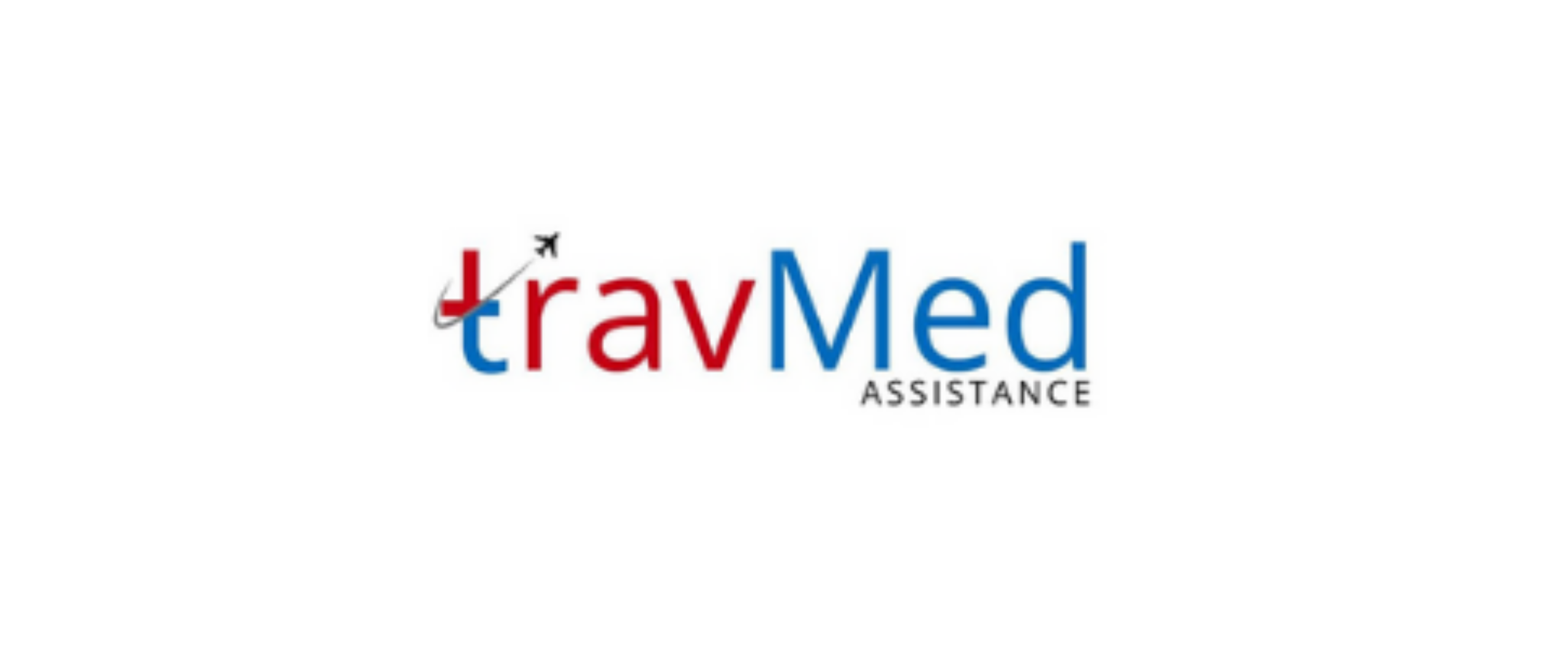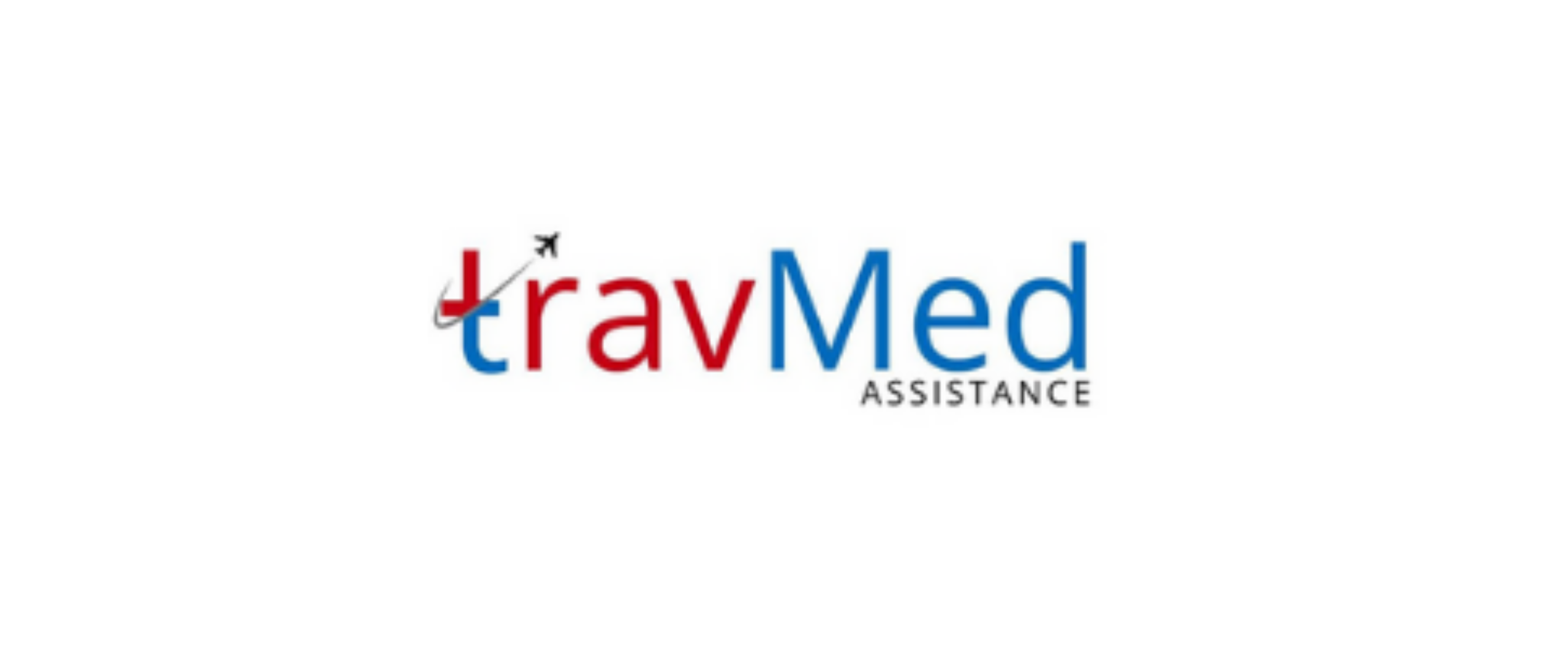
What is medical claim management?
Medical claim management refers to the process of handling and processing insurance claims related to medical expenses. In Nepal, this system involves coordinating between healthcare providers, insurance companies, and patients to ensure proper reimbursement for medical services. The process includes submitting claims, verifying coverage, processing payments, and resolving any disputes. Claim management aims to streamline the financial aspects of healthcare, reducing administrative burdens on medical facilities and ensuring patients receive the benefits they are entitled to under their insurance policies. In Nepal, the medical claim management system is evolving, with both public and private sector entities working to improve efficiency and transparency in the process.
Who provides claim management services?
In Nepal, several entities provide claim management services:
- Insurance companies: Many insurers have in-house claim management departments
- Third-party administrators (TPAs): Specialized companies that manage claims on behalf of insurers
- Hospitals and healthcare facilities: Some larger institutions have dedicated claim management teams
- Government agencies: For public health insurance schemes
- Private claim management firms: Independent companies specializing in handling medical claims
These service providers work to process claims, liaise with healthcare providers, and ensure timely reimbursements. They play a crucial role in the Nepalese healthcare ecosystem, facilitating smoother transactions between patients, medical facilities, and insurance providers. The choice of claim management service often depends on the type of insurance policy and the specific requirements of the healthcare provider or insurer involved.
How does claim management work in Nepal?
The claim management process in Nepal typically follows these steps:
- Patient receives medical treatment
- Healthcare provider submits claim to insurer or TPA
- Claim is reviewed for completeness and accuracy
- Verification of policy coverage and benefits
- Assessment of medical necessity and appropriateness of charges
- Negotiation of fees with healthcare providers (if applicable)
- Approval or denial of claim
- Processing of payment to healthcare provider or reimbursement to patient
- Communication of claim status to all parties involved
- Resolution of any disputes or appeals
This process aims to ensure fair and timely settlement of medical claims in Nepal. The system involves coordination between multiple stakeholders, including patients, healthcare providers, insurers, and regulatory bodies. As the healthcare sector in Nepal continues to develop, efforts are being made to streamline and digitize the claim management process, improving efficiency and reducing processing times.
What documents are needed for claims?
To process medical claims in Nepal, the following documents are typically required:
- Completed claim form
- Original medical bills and receipts
- Prescription for medications and treatments
- Medical reports and diagnostic test results
- Discharge summary (for inpatient claims)
- Referral letters from doctors (if applicable)
- Copy of insurance policy or card
- Identification proof of the patient
- Authorization letter (if claim is submitted by someone other than the patient)
- Bank account details for reimbursement
The specific requirements may vary depending on the insurance provider and the nature of the claim. It’s advisable to check with the insurer or claim management service for any additional documentation needed. Ensuring all necessary documents are submitted correctly and promptly can significantly speed up the claim processing time in Nepal’s healthcare system.
How much do claim management services cost?
The cost of claim management services in Nepal varies depending on several factors:
- Type of service provider (insurer, TPA, or independent firm)
- Complexity of the claim
- Volume of claims processed
- Level of service provided (basic processing vs. comprehensive management)
Typically, costs are structured in one of the following ways:
- Percentage of claim value: Usually ranging from 3% to 10%
- Fixed fee per claim: Can range from NPR 500 to NPR 5000 per claim
- Monthly or annual service fee: For ongoing claim management services
Some insurers include claim management costs in their premium structure, while others charge separately. For public health insurance schemes, the government often absorbs these costs. It’s important to note that prices can vary significantly, and it’s advisable to compare different service providers to find the most cost-effective option for your specific needs in Nepal’s healthcare landscape.
How are claims verified in Nepal?
Claim verification in Nepal involves several steps to ensure accuracy and prevent fraud:
- Document review: Checking all submitted documents for completeness and authenticity
- Policy verification: Confirming the validity and coverage of the insurance policy
- Medical necessity assessment: Evaluating if the treatment was medically necessary and appropriate
- Cost analysis: Comparing charges with standard rates for similar treatments
- Provider verification: Confirming the credentials and network status of the healthcare provider
- Patient interview: In some cases, contacting the patient to verify details of the treatment
- On-site investigations: For complex or high-value claims, conducting physical visits to healthcare facilities
- Cross-referencing: Checking claim details against historical data and patterns
- Expert consultation: Seeking opinions from medical professionals for specialized treatments
- Fraud detection algorithms: Using software to identify suspicious claim patterns
These verification processes aim to ensure that claims are legitimate and align with policy terms. The level of scrutiny often depends on the claim amount and complexity. As Nepal’s healthcare system evolves, there’s an increasing focus on implementing more sophisticated verification methods to maintain the integrity of the claim management process.
How long does claim processing take?
The duration of claim processing in Nepal can vary depending on several factors:
- Complexity of the claim
- Completeness of submitted documents
- Type of insurance policy
- Workload of the claim management service
- Need for additional investigations or expert opinions
On average, claim processing times in Nepal are as follows:
- Simple outpatient claims: 7-14 days
- Routine inpatient claims: 14-30 days
- Complex or high-value claims: 30-60 days or more
These timeframes are approximate and can be shorter or longer based on specific circumstances. Some insurers offer expedited processing for an additional fee. It’s worth noting that Nepal’s Insurance Board has set guidelines for maximum claim settlement periods, typically ranging from 30 to 60 days, depending on the type of insurance. However, efforts are ongoing to reduce these processing times through improved technology and streamlined procedures in the Nepalese healthcare system.
Are services available for foreigners?
Yes, claim management services are available for foreigners in Nepal, but with some considerations:
- Travel insurance: Many foreign visitors rely on travel insurance policies from their home countries, which often have their own claim management processes
- Local insurance: Foreigners residing in Nepal can purchase local health insurance policies, accessing the same claim management services as Nepalese citizens
- International health insurance: Some global health insurance plans offer coverage in Nepal, with their own claim management systems
- Assistance companies: International medical assistance companies often provide claim management services for foreigners in Nepal
- Language support: Many claim management services in Nepal offer English-language support for foreign clients
- Documentation: Foreigners may need to provide additional documentation, such as passport copies or visa information
While services are available, foreigners should be aware of potential challenges:
- Limited network of international standard hospitals
- Possible delays in processing due to verification of foreign documents
- Higher costs for certain services compared to local rates
It’s advisable for foreigners to research and arrange appropriate insurance coverage before traveling to Nepal, ensuring access to suitable claim management services during their stay.
How is fraud handled in medical claims?
Handling fraud in medical claims in Nepal involves a multi-faceted approach:
- Prevention measures: • Implementing strict documentation requirements • Conducting regular audits of healthcare providers • Using advanced software for pattern recognition • Educating stakeholders about fraud consequences
- Detection methods: • Data analytics to identify unusual claim patterns • Cross-referencing claims with historical data • Surprise inspections of healthcare facilities • Whistleblower programs for reporting suspicious activities
- Investigation processes: • Detailed review of suspicious claims • Interviews with patients and healthcare providers • Collaboration with law enforcement agencies • Forensic analysis of medical records and financial documents
- Consequences of fraud: • Rejection of fraudulent claims • Termination of contracts with fraudulent providers • Legal action against perpetrators • Reporting to regulatory bodies and professional associations
- Continuous improvement: • Regular updates to fraud detection algorithms • Training for claim management staff • Sharing information among insurers and TPAs • Implementing stricter policies and procedures
Nepal’s Insurance Board and other regulatory bodies are working to strengthen anti-fraud measures in the medical claim management sector. As the healthcare system in Nepal evolves, there’s an increasing focus on developing more sophisticated fraud prevention and detection mechanisms to maintain the integrity of the claim management process.
How do I access claim management services?
Accessing claim management services in Nepal typically involves the following steps:
- Identify your insurance provider or TPA
- Contact their claim management department
- Obtain necessary claim forms (often available online)
- Gather required documents
- Submit claim form and supporting documents
- Receive acknowledgment of claim submission
- Follow up on claim status regularly
Additional access points:
- Online portals: Many insurers offer web-based claim submission and tracking
- Mobile apps: Some providers have smartphone applications for claim management
- Hospital desks: Larger hospitals often have insurance desks for on-site claim initiation
- Insurance agents: Can assist with claim submission and follow-up
- Employer HR departments: For group insurance policies
Tips for smooth access:
- Keep policy details and contact information readily available
- Familiarize yourself with claim submission deadlines
- Maintain clear communication with your insurance provider or TPA
- Consider seeking assistance from a claim management professional for complex cases
As Nepal’s healthcare system continues to develop, efforts are being made to simplify and streamline the claim management access process, making it more user-friendly for patients and healthcare providers alike.
Are services available online in Nepal?
Online claim management services are increasingly available in Nepal, reflecting the country’s growing digital infrastructure:
- Online claim submission: Many insurers and TPAs offer web portals for submitting claims electronically
- Digital document upload: Ability to scan and upload supporting documents online
- Claim status tracking: Real-time updates on claim processing status
- Online chat support: Instant communication with claim management representatives
- Mobile applications: Smartphone apps for claim submission and tracking
- E-mail notifications: Automated updates on claim progress
- Digital policy management: Access to policy details and coverage information online
- Online premium payments: Facilitating easy policy renewals and payments
- Telemedicine integration: Some platforms link claim management with telemedicine services
- Digital health records: Integration with electronic health record systems for streamlined claim processing
While online services are expanding, challenges remain:
- Limited internet access in rural areas
- Varying levels of digital literacy among users
- Concerns about data security and privacy
- Need for physical document verification in some cases
The Nepal Insurance Board and other regulatory bodies are working to establish guidelines for online claim management services, ensuring their reliability and security. As Nepal’s digital infrastructure continues to improve, it’s expected that online claim management services will become more comprehensive and widely accessible across the country.
Who monitors claim management processes?
In Nepal, several entities are responsible for monitoring claim management processes:
- Nepal Insurance Board: The primary regulatory body overseeing insurance activities, including claim management
- Ministry of Health and Population: Monitors health insurance-related claim processes
- Social Health Security Development Committee: Oversees claim management for the national health insurance program
- Nepal Medical Council: Ensures ethical practices in medical billing and claim submission
- Commission for the Investigation of Abuse of Authority: Investigates cases of fraud or corruption in claim management
- Office of the Auditor General: Conducts audits of public health insurance schemes
- Consumer Rights Protection Forum: Advocates for fair claim management practices
- Insurance Association of Nepal: Self-regulatory body for the insurance industry
- Third-Party Administrator Association of Nepal: Monitors TPA activities in claim management
- Internal audit departments of insurance companies: Conduct regular reviews of claim management processes
These monitoring entities work to ensure:
- Compliance with legal and regulatory requirements
- Fairness and transparency in claim processing
- Timely settlement of claims
- Prevention of fraud and malpractice
- Protection of consumer rights
- Maintenance of industry standards
The monitoring landscape in Nepal is evolving, with increasing emphasis on digital monitoring tools and data analytics to improve oversight of claim management processes. As the healthcare and insurance sectors in Nepal continue to develop, it’s likely that monitoring mechanisms will become more sophisticated and comprehensive.


